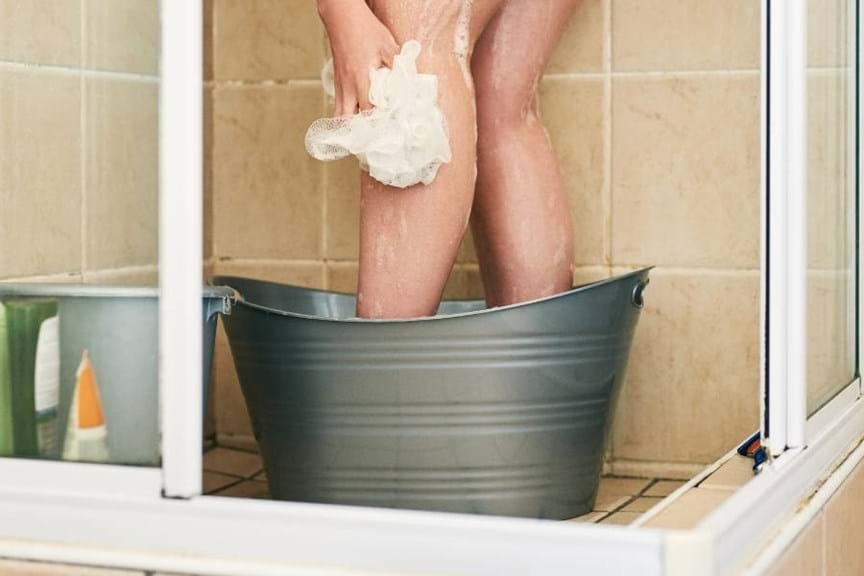How to Collect and use Greywater in the Garden
Greywater can be a valuable source of water to use in the garden, particularly during dry conditions. Learn how and where to use grey water at your place.

Greywater can be a valuable source of water to use in the garden, particularly during dry conditions. Learn how and where to use grey water at your place.

Greywater is water that comes from household washing machines, hand basins, showers and baths. Water from dishwashers and kitchen sinks is often referred to as 'dark greywater' as it has a higher load of chemicals, fats and other organic matter. Dark greywater is not recommended for using on gardens. Water from toilets is called 'blackwater' and is also not safe to use on gardens.
Consult your local council or water authority for the latest regulations regarding greywater usage in your area. In some areas, untreated greywater can only be used in sub-surface irrigation systems.
However, here is some general information on using greywater in your garden.
When used correctly, greywater has the potential to irrigate lawns and gardens. This helps keep gardens thriving and makes the most of precious water resources, particularly during times of drought and water restrictions. Using greywater also helps to reduce water bills and the amount of wastewater entering sewers or on-site treatment systems.

You can also place a bucket under the shower and collect the cold water before it runs hot. This valuable water would normally be lost down the drain and can be used to water pot plants (as it does not contain any detergents or soaps) and garden beds.
There are specially designed greywater treatment systems that can be installed in homes. These are basically small domestic sewage systems that aerate waste water and break down solid waste, before the water is pumped out onto the garden. There are multiple companies that sell and install these aerated wastewater treatment systems.
Using water from kitchens is not recommended, as it can contain higher levels of oils. Oils can adversely affect soil structure and contribute to soil becoming water repellent. However it's a great idea to rinse fruit and vegetables over a bucket in the sink and collect that water to use in the garden.
When diverting greywater directly from the laundry, it's best to regularly move greywater hoses around the garden and lawn so the same plants / areas are not being constantly watered with greywater. A handy way to remember is to move greywater hoses from one spot to another every weekend.
It's important to choose laundry detergents that are suitable for using in greywater. Detergents can contain phosphorus and salts that can harm some plants and affect the quality of the soil or increase the soil's pH (make the soil more alkaline). Soil with an alkaline pH (pH greater than 7) can lead to nutrients becoming unavailable to plants, particularly iron. You may start to see plant leaves becoming pale with dark green veins, which indicates an iron deficiency. High concentrations of salts can also damage plants and lead to burnt leaves and poor plant health. If plants irrigated with greywater start to develop pale or discoloured leaves, discontinue using greywater in that area.
Look on detergent labels for information about whether it's suitable for greywater usage. Product labels may say 'Greywater safe' or 'Greywater friendly'. Some laundry detergent manufacturers recommend only using washing machine rinse water to irrigate the garden and not the wash cycle water, so this needs to be taken in account when using greywater.
Lanfax Labs provides information on the suitability of some detergents when using greywater.
Yates Greywater Fertiliser to greywater to help minimise the negative effects of soaps and detergents on soil quality.
Mix 20–40 mL of Yates Greywater Fertiliser into 10 L of greywater and apply around the root zone of non-edible garden plants or over the lawn every 2–4 weeks.